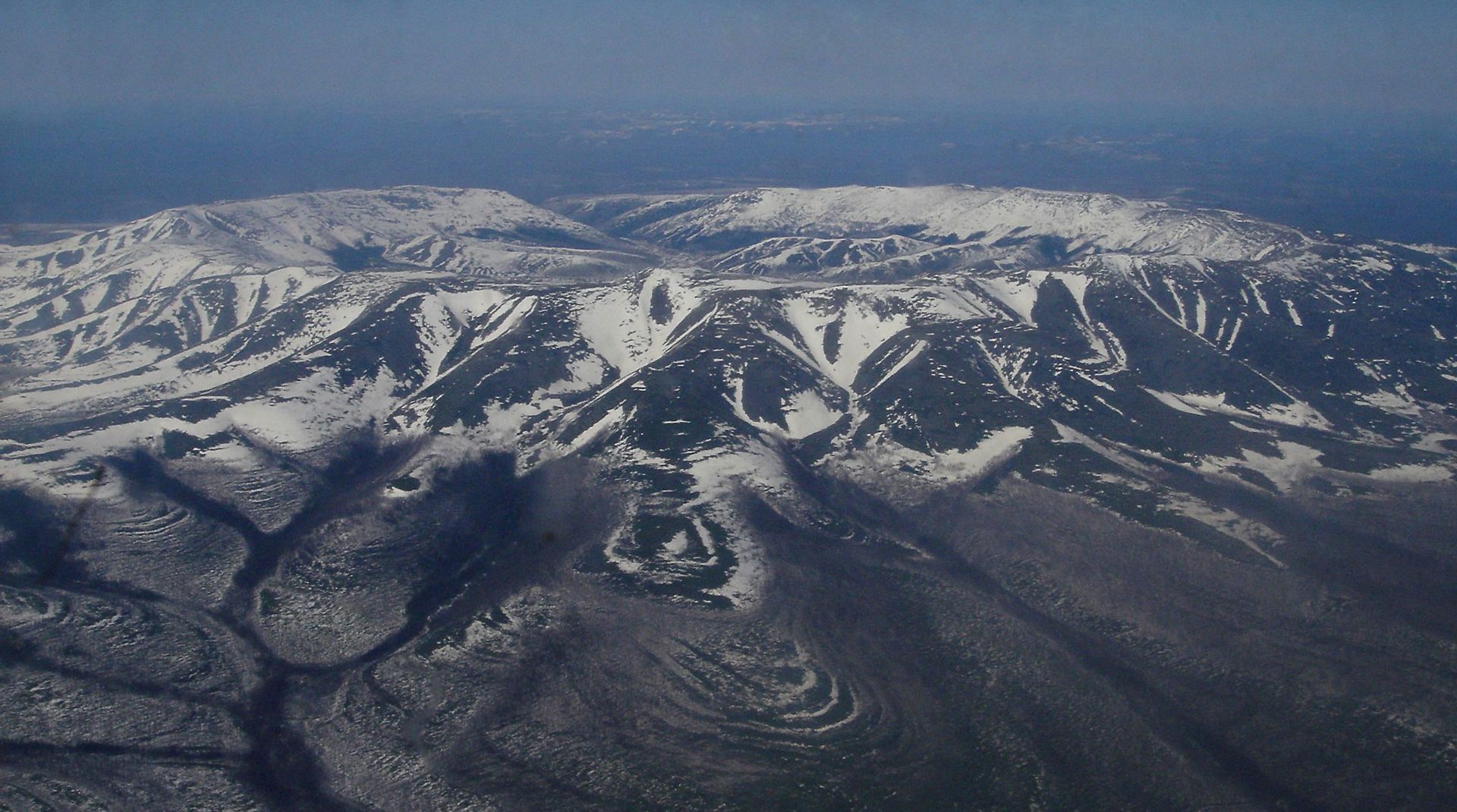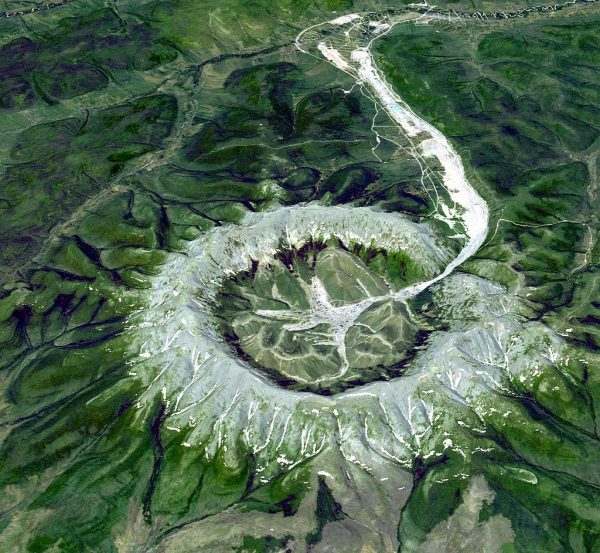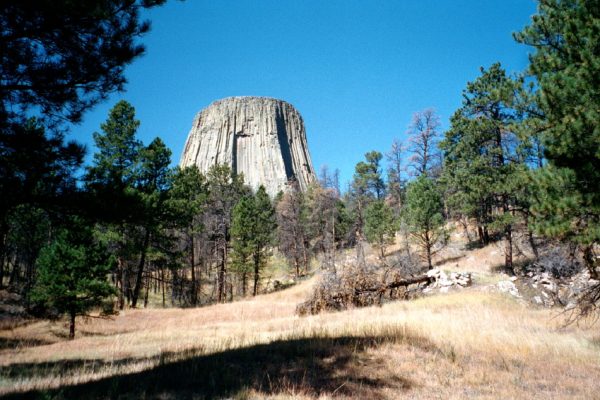Crater Five Miles Wide, Made its Way Through 5,000 Miles of Mantle

The Kondyor Massif in Siberia is one of the most unusual geological formations in the world. It’s a perfectly circular formation of rock that is 2,000 feet tall and around five miles across, making it resemble either the crater formed by the impact of a huge meteor or an extinct volcano.
In reality, it’s neither of those things.
Kondyor Massif is a circular mountain range. It was formed when crystalized, molten magma surged up from deep in the earth, in a phenomenon known as an intrusion.
Around a billion years ago, volcanic rock started pushing up through 5,000 miles of the planets mantel, but it happened more slowly than the type of explosive force generated by an active volcano.
Slower or not, the force was still enough to raise the rock above it forming the ridge that surrounds it.
The material in the middle was softer than that around the edges, eroding over the course of time and forming the shape of the crater. It’s so large that the only way to get a true sense of shape and scope is to look at it from the sky, something NASA did back in 2006 using a satellite.

The space organization overlaid the satellite image on a topographical map, creating a stunning view of the formation. Long before that image was produced, the local Yakutians and Evenkis believed the area to be a sacred place.
If its shape and creation weren’t interesting enough, it’s also rich in precious metals. The mining industry calls it Treasure Mountain because of its deposits of gold, platinum, and silver.
Some of the platinum nuggets that have been unearthed are actually encased in a layer of gold.
The platinum deposits are unusual because they lie near the surface of the mountain, and not deep underneath, making them comparatively easy to mine.
Some of the nuggets that have been discovered there have been surprisingly large, weighing as much as 3.3 pounds. Some of them are shaped like crystals, according to the Russian travel site Discover Russia.
Prior to those nuggets being discovered, scientists didn’t know that platinum could have a polyhedral shape.
In addition to the precious metals, Kondyor Massif also has other minerals which have never been found anywhere else in the world. The most notable is called Konderite, and is a mix of lead, Sulphur, platinum, copper, and rhodium.
The region is also the source of coarse crystals which are an alloy of platinum and iron, coated in gold.
The platinum mine located here began operation in 1984. Between that year and 2011, the mine produced about 85 tons of the precious metal. They also started mining plutonium from the site back in the 1980s.
Although Kondyor Massif may be the most stunning example of this sort of geologic formation, it’s not the only one. Devil’s Tower in Wyoming was formed in the same manner.

Devil’s Tower National Monument is the first national monument in the US, and was established in 1906.
It lacks the size of the Russian intrusion, as the entire park measures just over two square miles, and the flat-topped stone tower which is its central feature only stands about 867 feet tall from its base to its summit.
Also unlike Kondyor Massif, its center didn’t erode, leaving the structure a solid butte. The top of the butter is about an acre and half, around the size of a football field.
It was formed the same way as the other structure, however. Molten rock pushed its way up through the earth, forcing the sedimentary rock around it up.
‘Like finding a new planet’ Shipwrecks Found Dating From 300 BC
The magma eventually cooled and hardened, and the sedimentary rock around it eroded of thousands of years, leaving behind a tower made of phonolite porphyry, a type of stone that is a lot like granite, but doesn’t contain any quartz.
